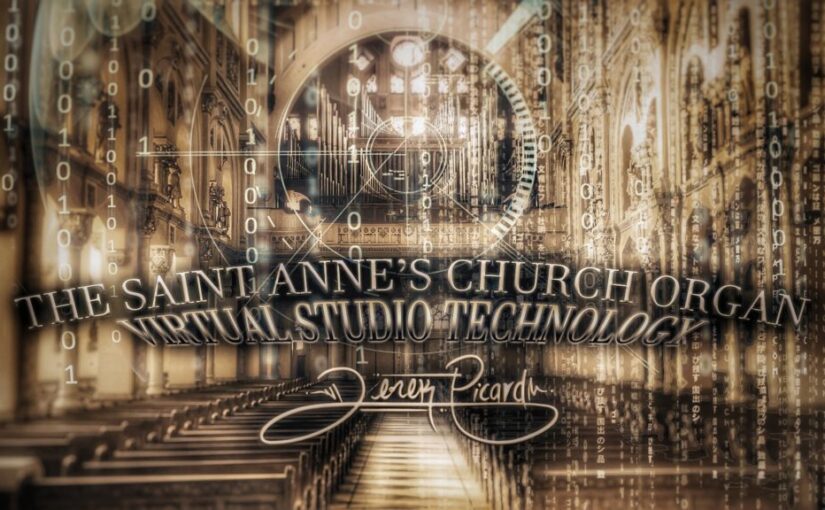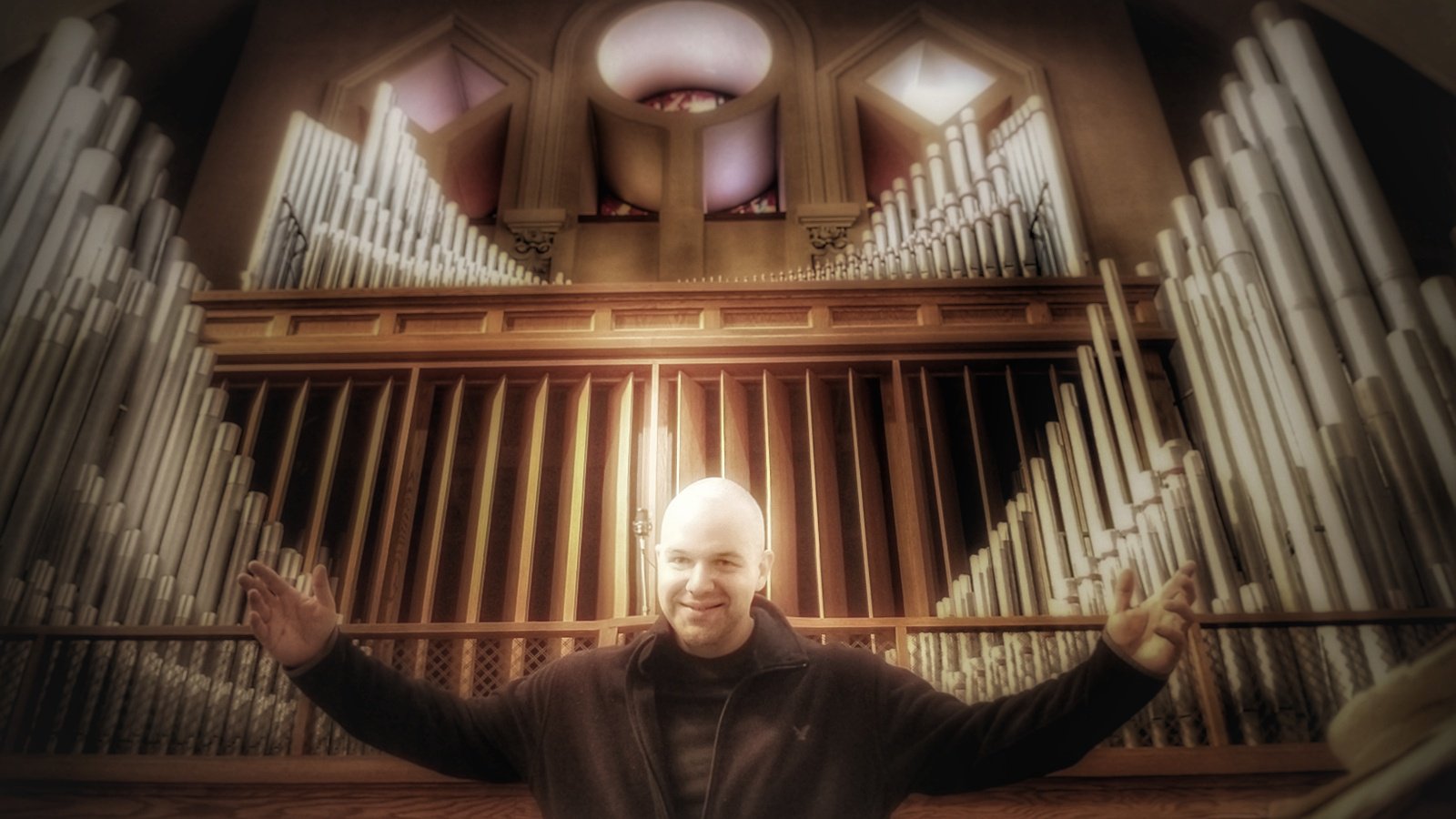
The Saint Anne’s Church Organ… This beautiful (Casavant Opus 2793) pipe organ is certainly a well crafted instrument that has always produced memorable music throughout the years. It’s played the music for countless weddings, funerals, baptisms and regular mass for its church’s parishioners in the city of Fall River, Massachusetts for more than half a century. The distinct sounds created by this magnificent instrument has undoubtedly been the soundtrack to countless memories in many people’s lives (including my own). Once I learned of the plans to permanently close Saint Anne’s Church, I set a personal goal of preserving the sounds of this organ. I explained to the Diocese of Fall River what I wanted to do and was granted the necessary permission to get to work.
Each and every single one of the notes on the organ (4,518 Pipes) have been recorded using several high quality microphones and state of the art recording hardware. The meticulous placement of the microphones were crucial as it was not only important to record the unique sound of this organ but to also capture the natural acoustics of the spacious and beautiful building (acoustic resonance). All samples were recorded at 48kHz and a bit depth of 32.
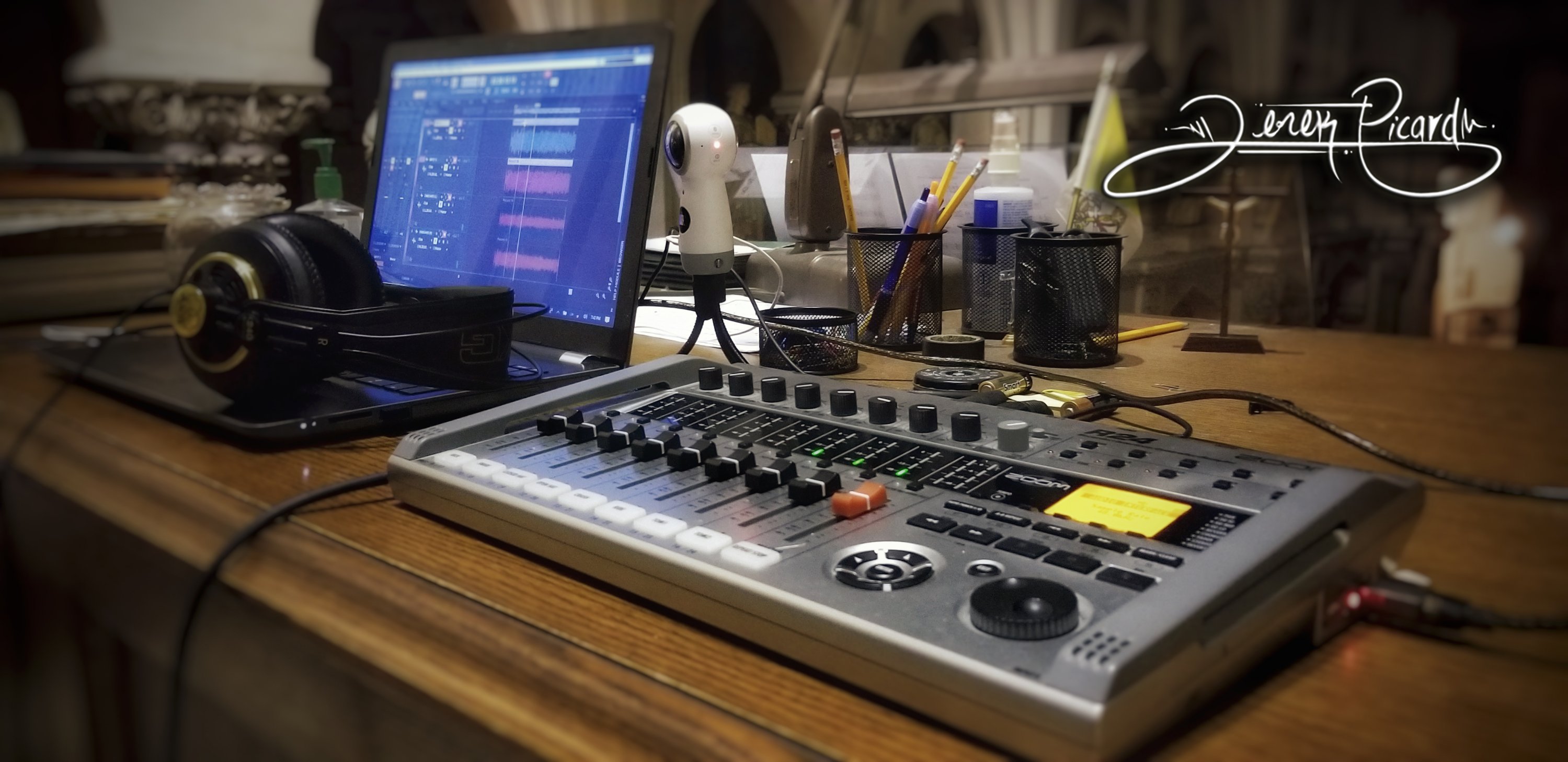
Each and every key on all stops were recorded individually in order to successfully record all unique sound samples.
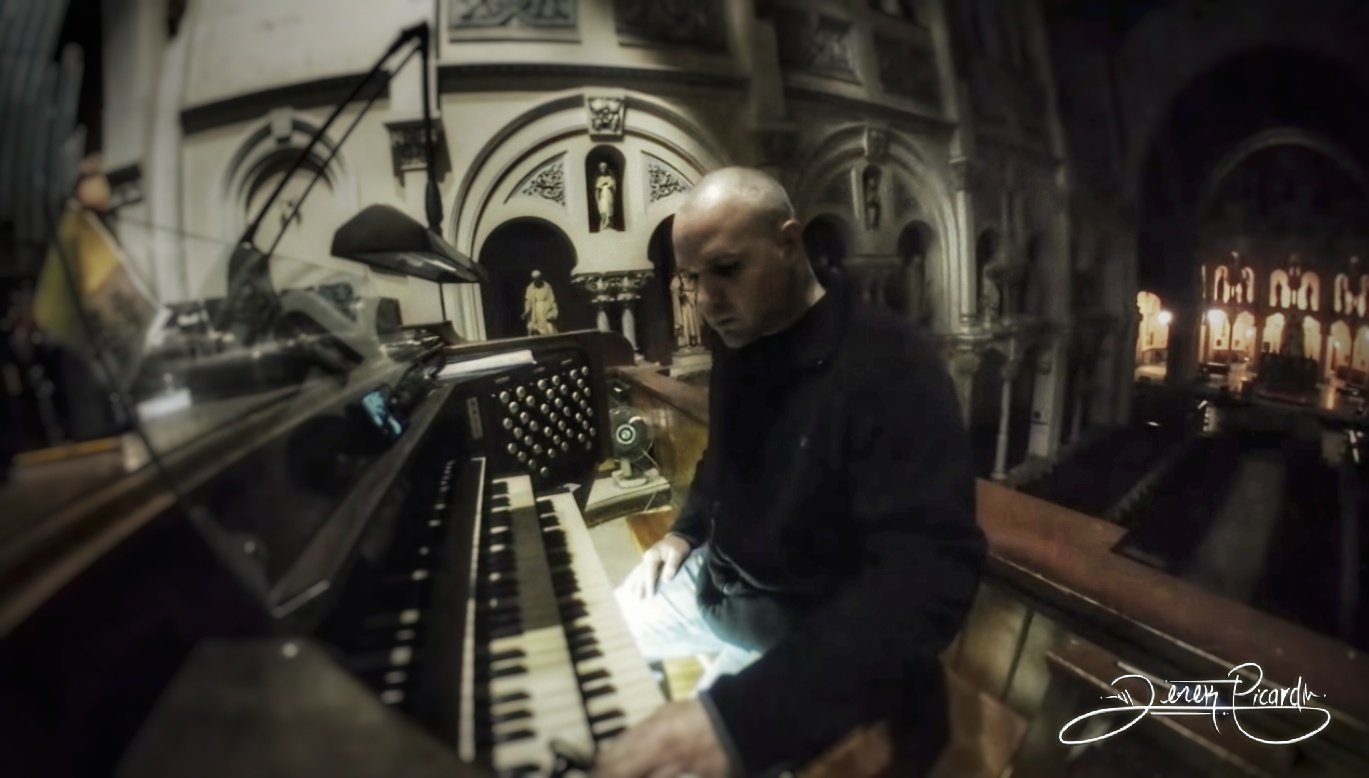
Every possible sound from this organ was recorded and saved. Once the recording process was completed, the tedious task of cutting and cleaning all of the samples began. This process took many, many days and nights to complete. This involved cutting all of the samples into individual files, renaming the samples to the correct key and categorizing each group under the proper stop. All of the samples were “cleaned” by removing unnecessary noise and hum.
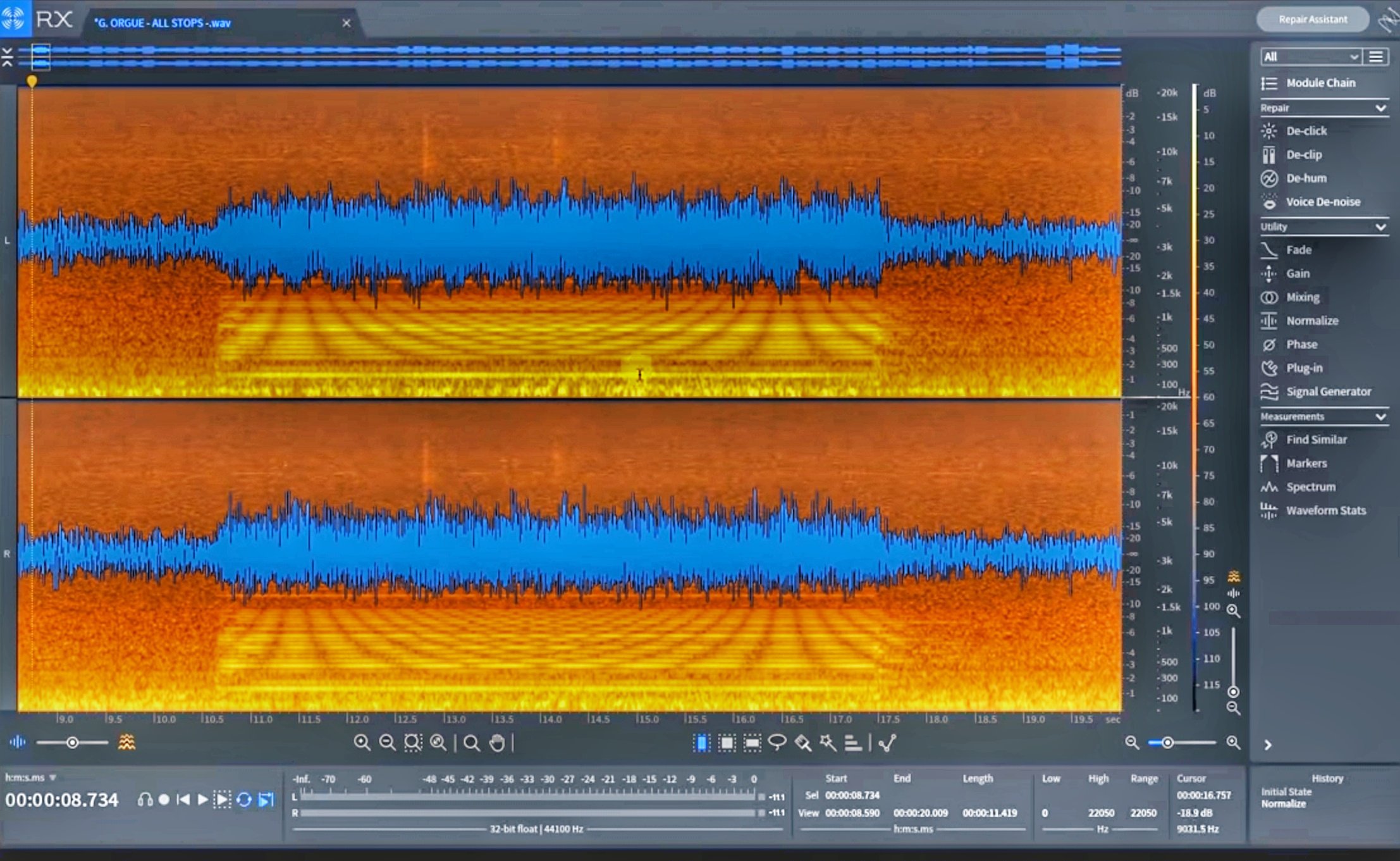
All of the samples were also tuned so they could all be played in perfect pitch with other instruments (more on this later).
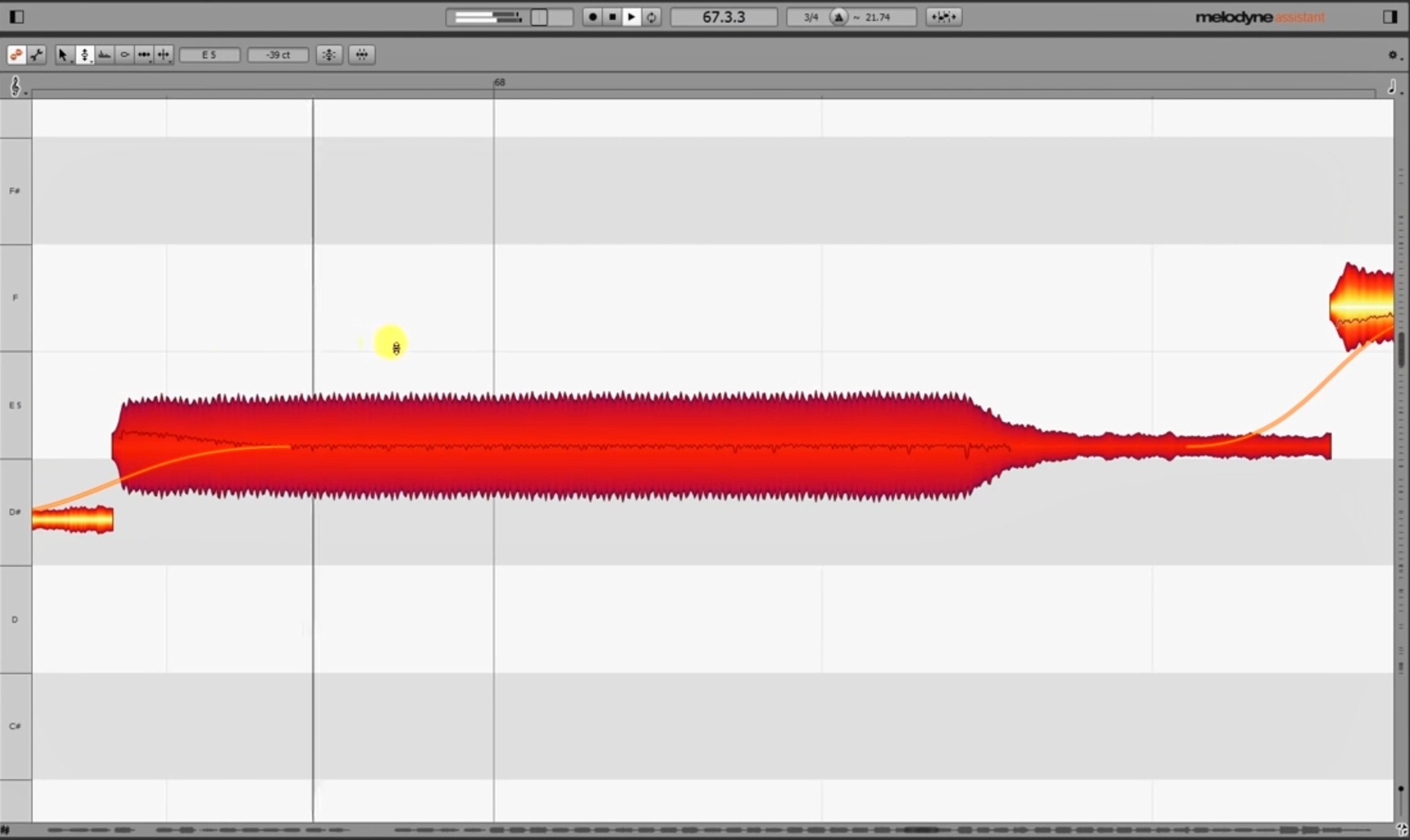
Throughout the process of recording, there were notes that were nonfunctional (either the pipe was broken, or there was insufficient air flow within the organ to produce any sound from that particular pipe). I will refer to the nonfunctional notes as “Dead Notes”. These “Dead Notes” created a gap of silence in an otherwise perfect musical scale. These lost notes were digitally recreated from the algorithm of the note before it or after it in the scale, depending on the circumstances. This process of recreating “Dead Notes” allowed me to complete the musical scale with no gaps and a seamless playback.
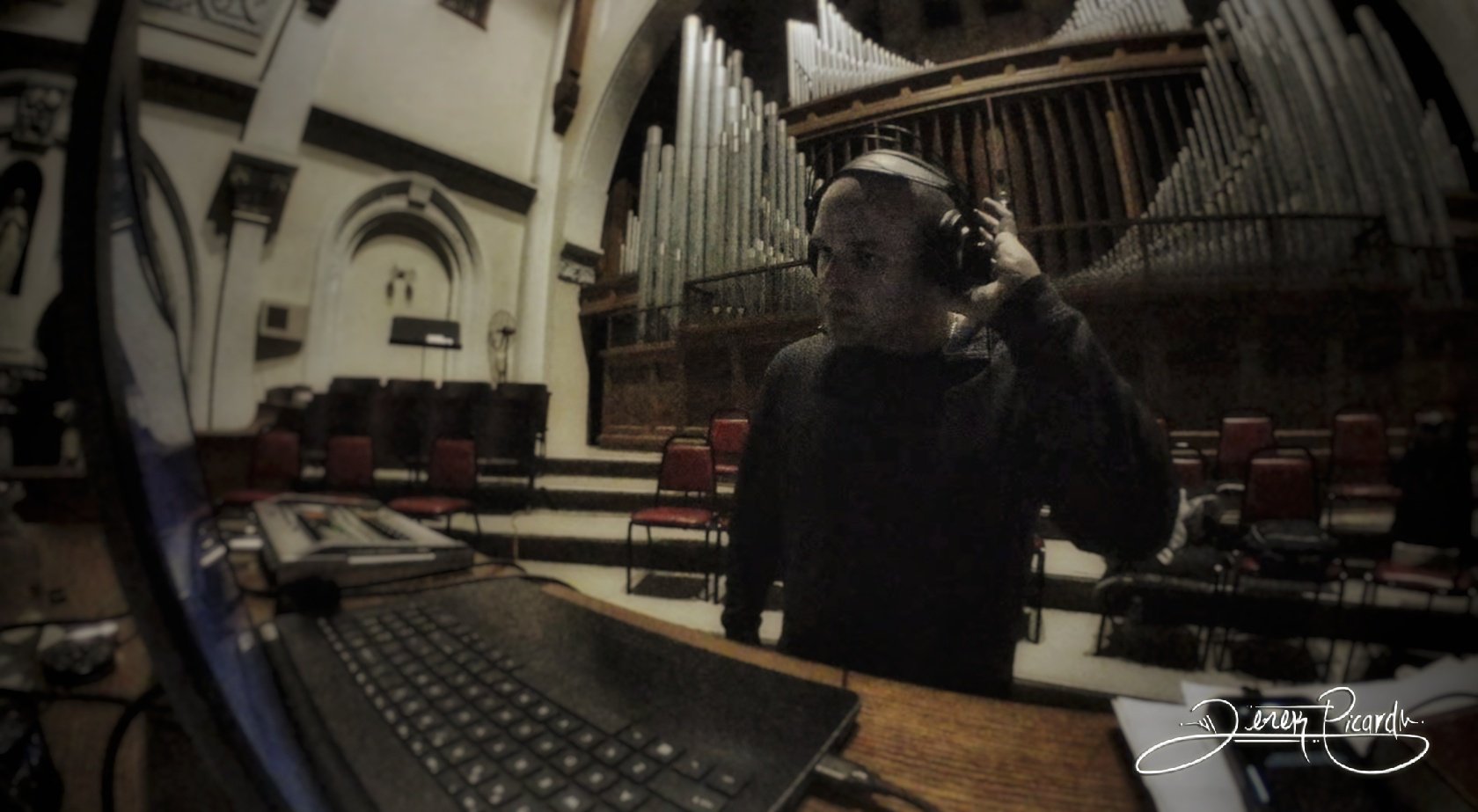
Any song from the past or future will now play completely with all notes because this correction is in place. This means that the sounds from the Saint Anne’s Church Organ can virtually play any song forever in a perfectly tuned and functional state!
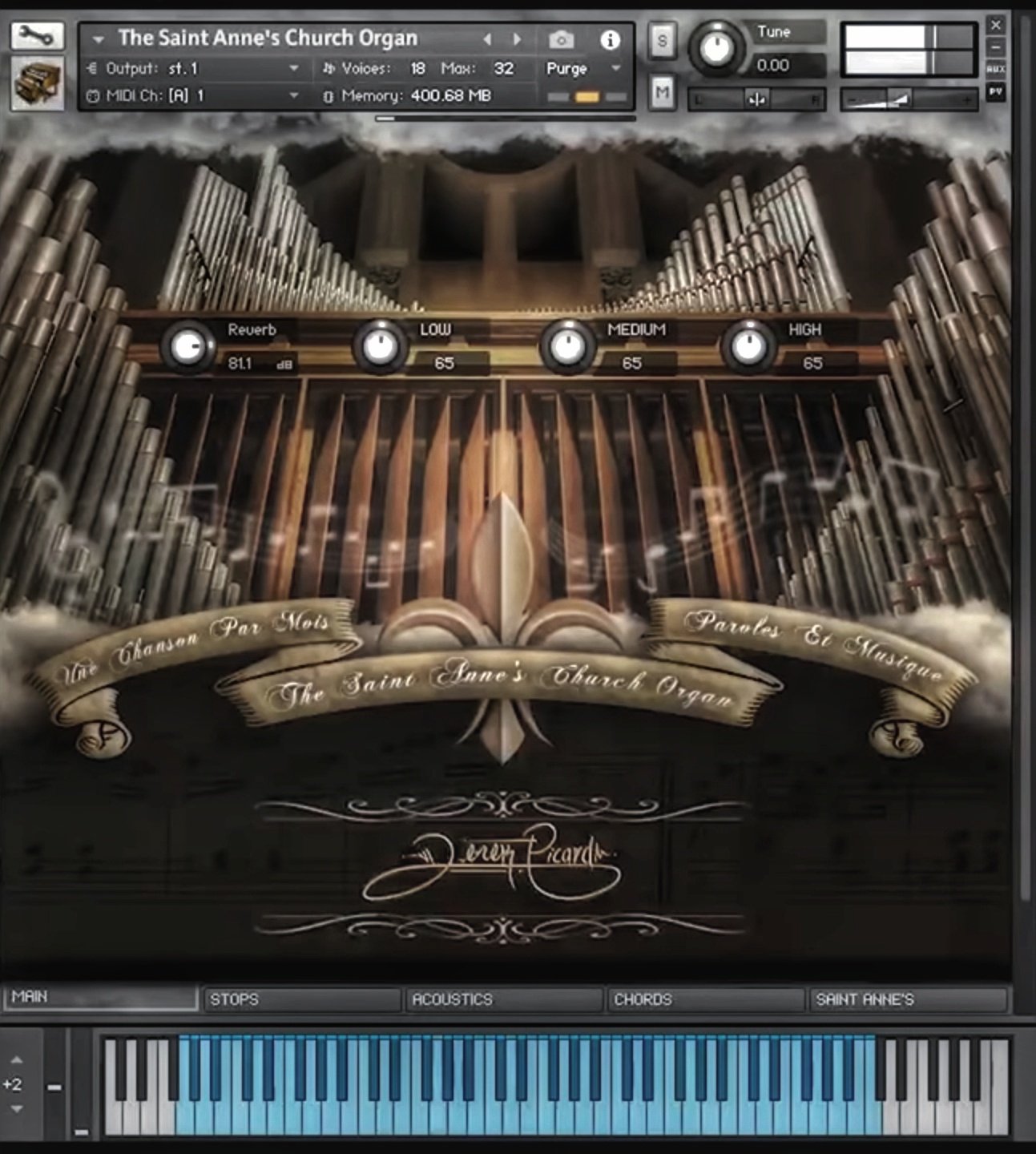
Other sound libraries can now be used in conjunction with the Saint Anne’s Church Organ. These other sound libraries can include orchestral, choir, percussion, etc. The final goal was to create a commemorative album that will contain classical works of music played by the samples I have of this beautiful organ. In other words, I will have the Saint Anne’s Church Organ play timeless classics with a full blown virtual orchestral and choral accompaniment!
Much more than what can be explained in this blog post has brought this project to where it is now. A copy of all of the raw samples were given to the Bishop’s Office at The Diocese of Fall River. The commemorative album is nearly completed and will be out for duplication and then distribution in the coming weeks!
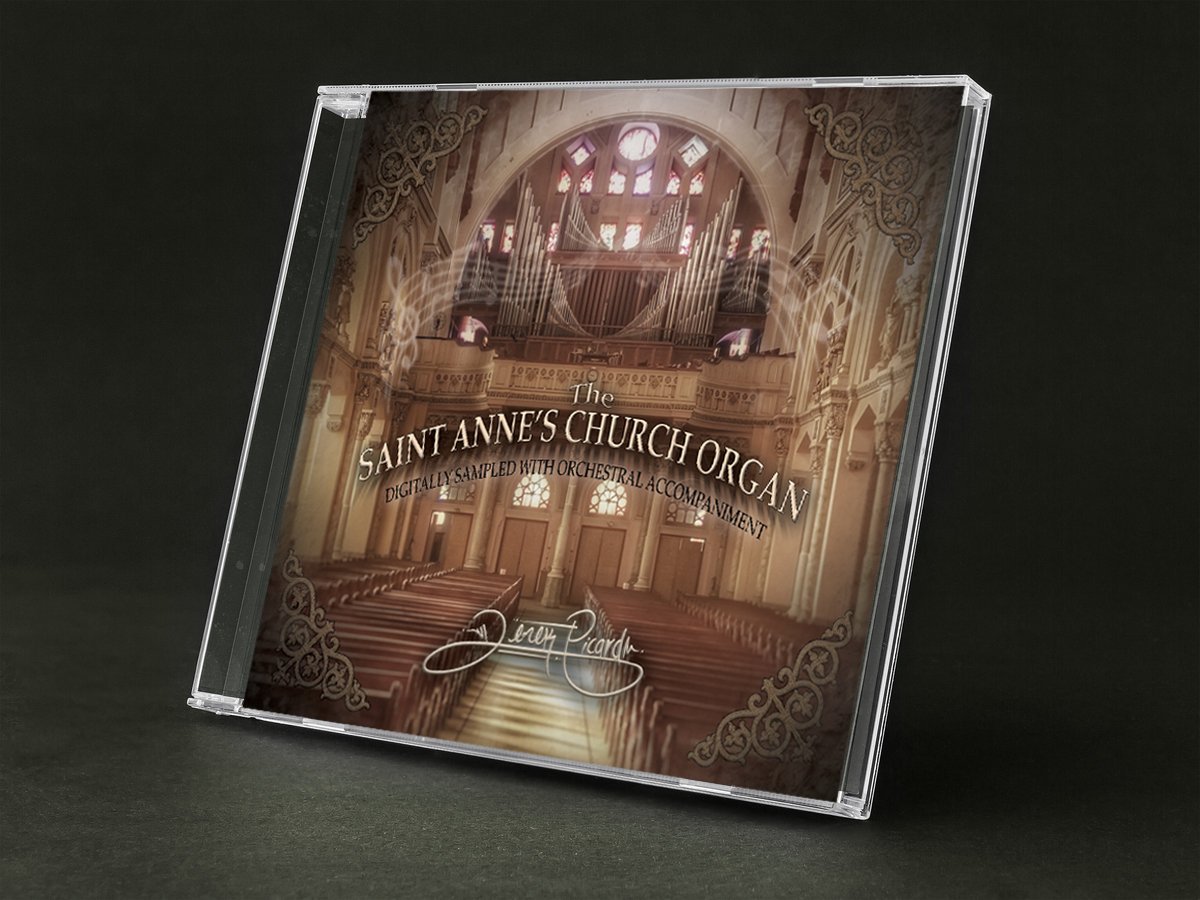
I invite you to watch this video. It runs approximately 27 minutes and explains all of the steps taken to complete this project.
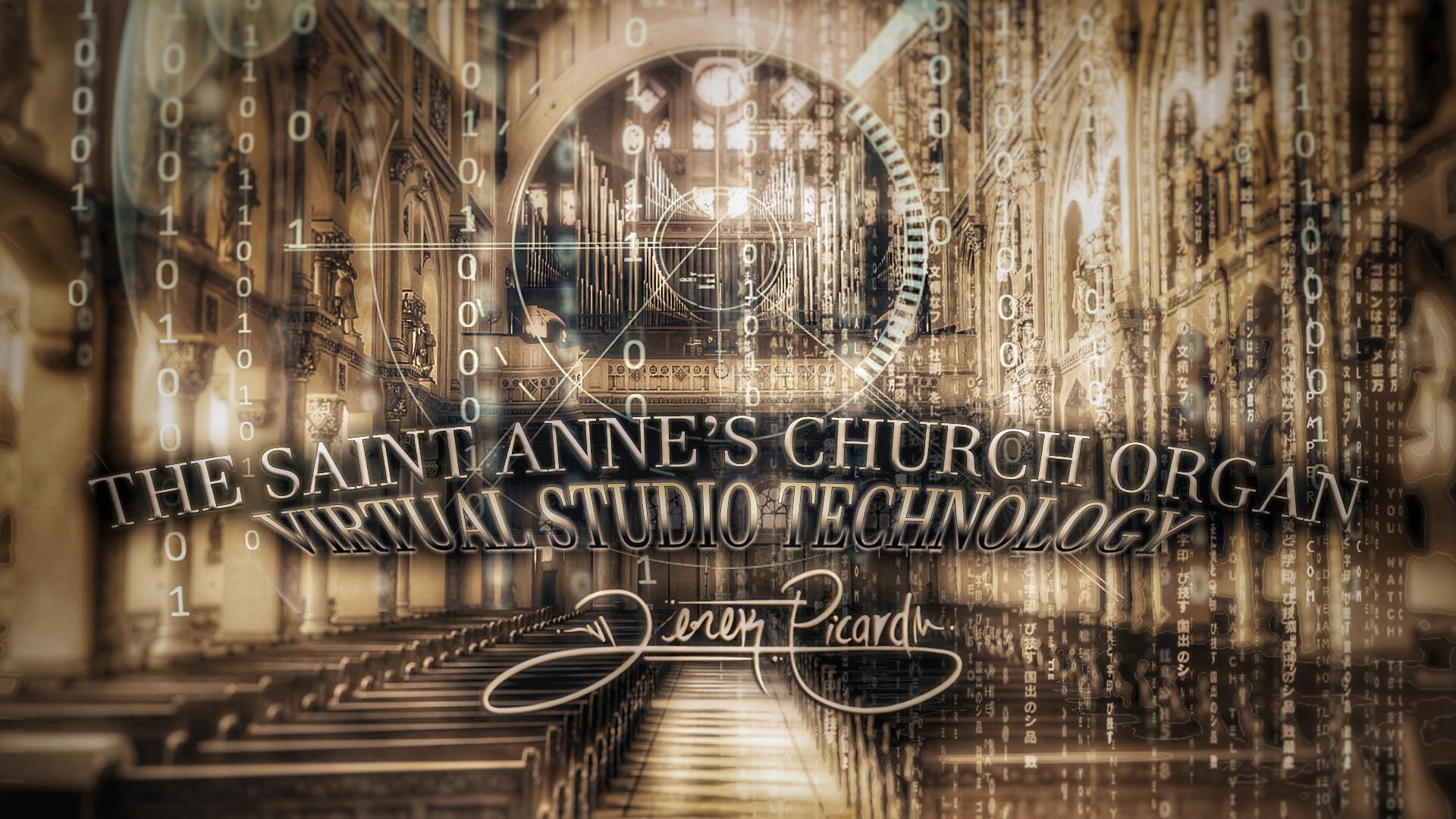
Deborah Allard of The Fall River Herald News took the time to write a great story about this project. The story made the front page on Sunday, January 13, 2019.
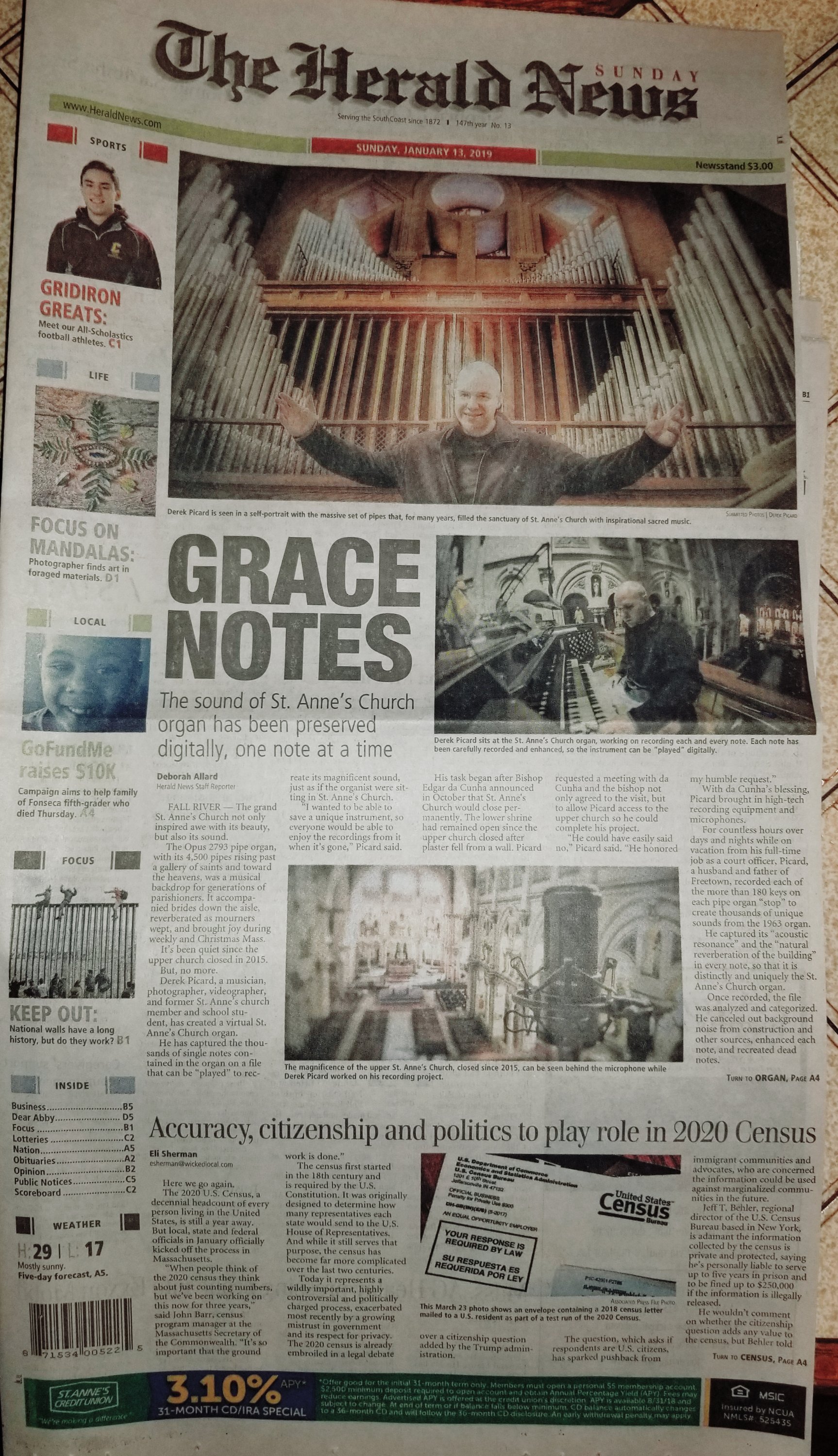
You can also check out this project on facebook.

